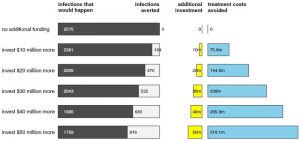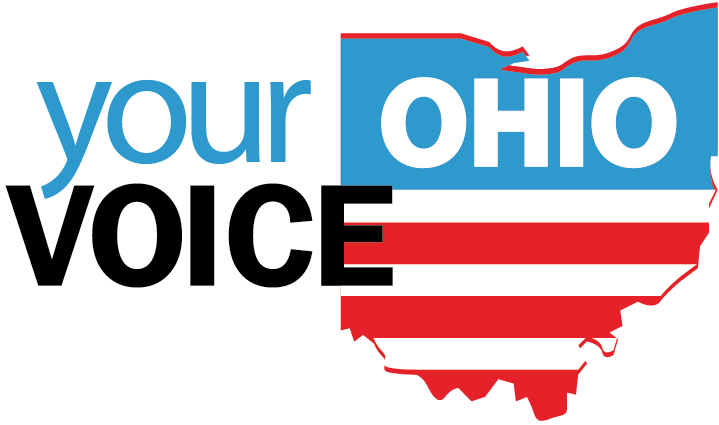The next two weeks we will be analyzing different components of harm reduction responses to the epidemic. Harm reduction involves strategies and tools that reduce the negative consequences of drug use. Many harm reduction responses that have been proposed and administered worldwide are not without controversy, as many see it as enabling those with substance abuse disorder. For example, here in the United States, we see Philadelphia creating the first ever supervised “safe injection” sites in an attempt to prevent overdose deaths.
Our neighbors to the north green lighted prescription heroin back in 2016. Vancouver actually started the trend in Canada back in 2015. Staff at the Insite center provide the addicts with clean syringes, antiseptic wipes, and quality heroin. Allen Schauffler, Pacific Northwest Correspondent for Al Jazeera, said this about the program: “If you give these people doses of heroin every day and keep them comfortable and keep them docile and keep the sort of demons of heroin addiction at bay, then those people are much less likely to end up in an alley, dead with a needle in their arm, or much less likely to sell themselves sexually for money to buy drugs, or much less likely to break into somebody’s car to steal something, or to shoplift or to strong-arm rob or to whatever. So the harm that they can cause to themselves and society is reduced if you simply give them the drug.”
Heroin clinics like these continue to pop up all over Europe and are bringing about positive change. The Danish National Board of Health reported that the treatment has:
- Reduced the number of days spent on crimes to a third
- Increased the number of addicts who find permanent housing by 30 percent
- Reduced side abuse so that addicts drink 50 percent less alcohol, and the abuse of benzodiazepines such as Valium has been reduced to a third.
A more moderate form of harm reduction that is currently making its way through the U.S. is syringe exchange programs. Ohio currently only has four syringe exchange programs (SEP) in these cities: Cleveland (1995), Portsmouth (2011), Cincinnati (2014), and Dayton (2015). SEPs have been shown to be imperative components of harm reduction and effective in reducing risky behaviours among people who inject drugs.
About 1,000 people are diagnosed with HIV in Ohio every year. This is in no small part due to exposure through injection drug use. In fact, Cleveland, which has the oldest syringe exchange program in the state, has managed to maintain a low number of new HIV infections attributed to injection use despite the increase in injection drug use locally. Until recently, there was a ban on federal funding of syringe exchange programs. However, due to the impact of the drug epidemic, Congress changed the law at the end of 2015 to allow funding to operate a SEP.
By exchanging used for new syringes, heroin users are less likely to develop infections, contract HIV or hepatitis C, each of which would significantly increase health care costs. The exchange also encourages users to not discard infected needles in parks and parking lots because they have value, and also provides one more opportunity for health-care workers to have contact with victims, encourage treatment. Summit and Cuyahoga counties have programs open to all.

Syringe exchange programs do more than just improve the health of a community. Because of their high level of effectiveness it has been shown that these programs can actually save taxpayers money when you take into account the cost of treating HIV, hepatitis B or hepatitis C. One study, took a look at seven SEPs and the data for the most recent year available. Other published information was used to estimate the number of infections averted through these programs. The total costs incurred by all seven SEPs amounted to approximately US$1.82 million. With an estimated 87 HIV cases prevented by these programs, each prevented infection cost roughly $21,000, study data showed. Another study, took a look at what the results would be if the U.S. was to increase investment for SEPs, and also found that they would be a cost-effective solution.
Next week, we will take a look at more harm reduction programs focused on what we can do as individuals with overdose education and community naloxone distribution. To follow our new research and research of our local media partners, sign up for our weekly news roundup.





